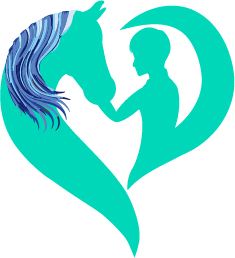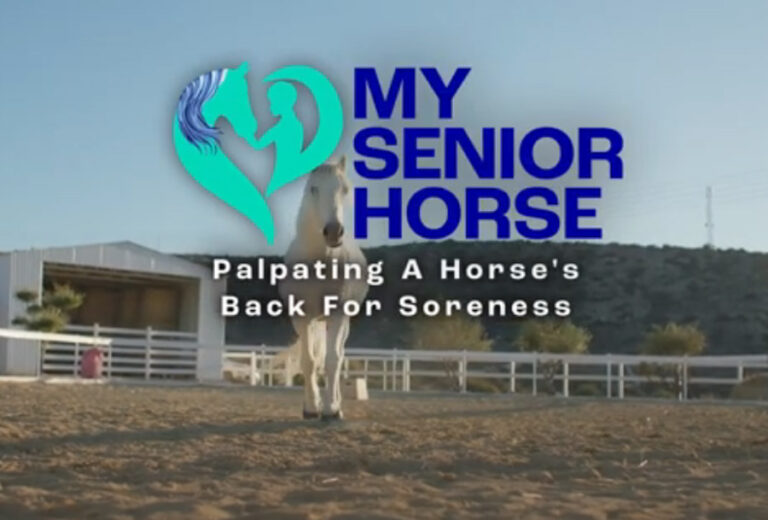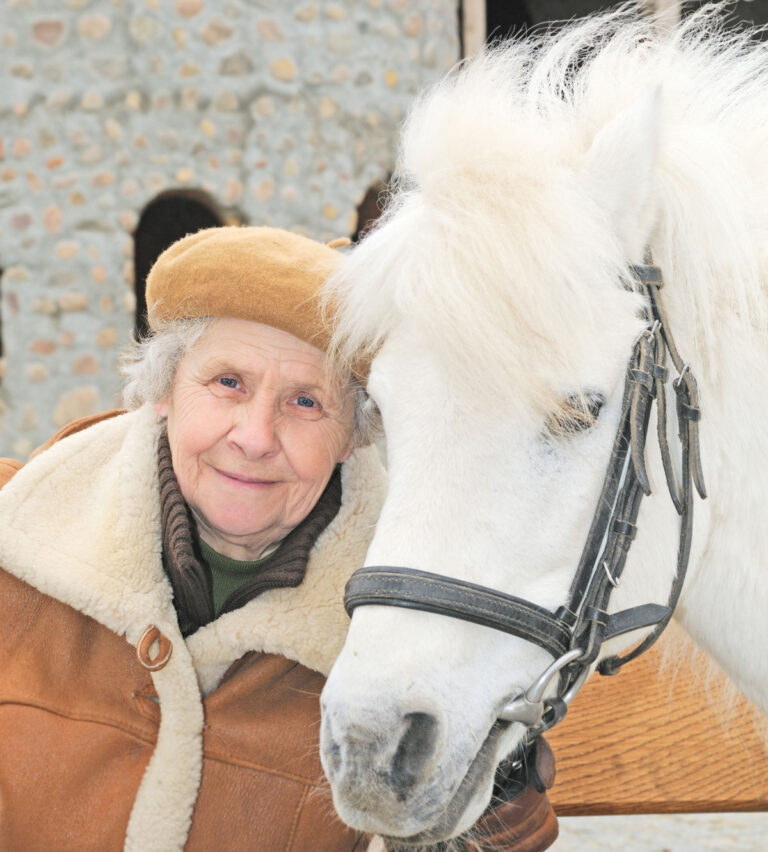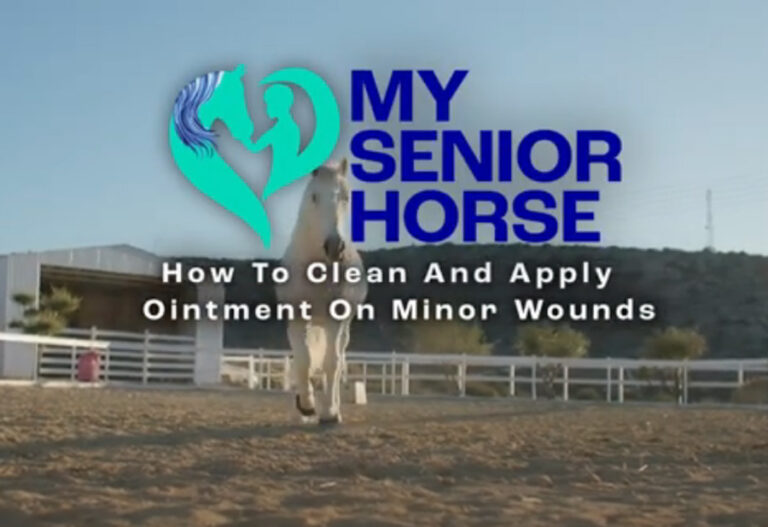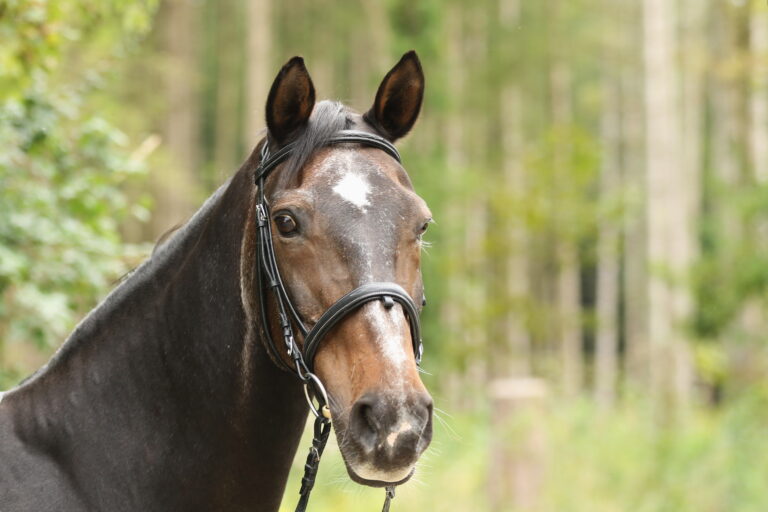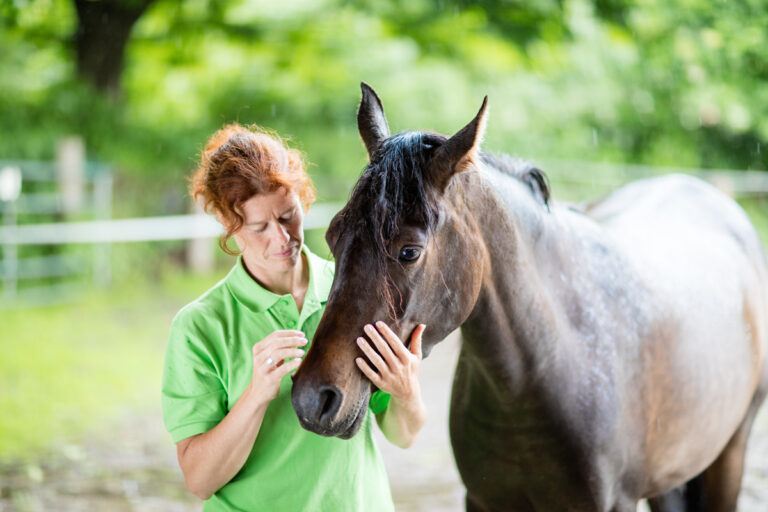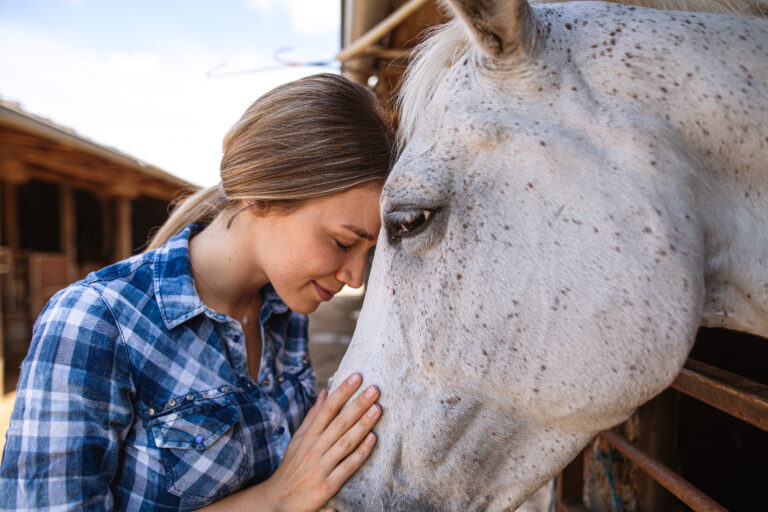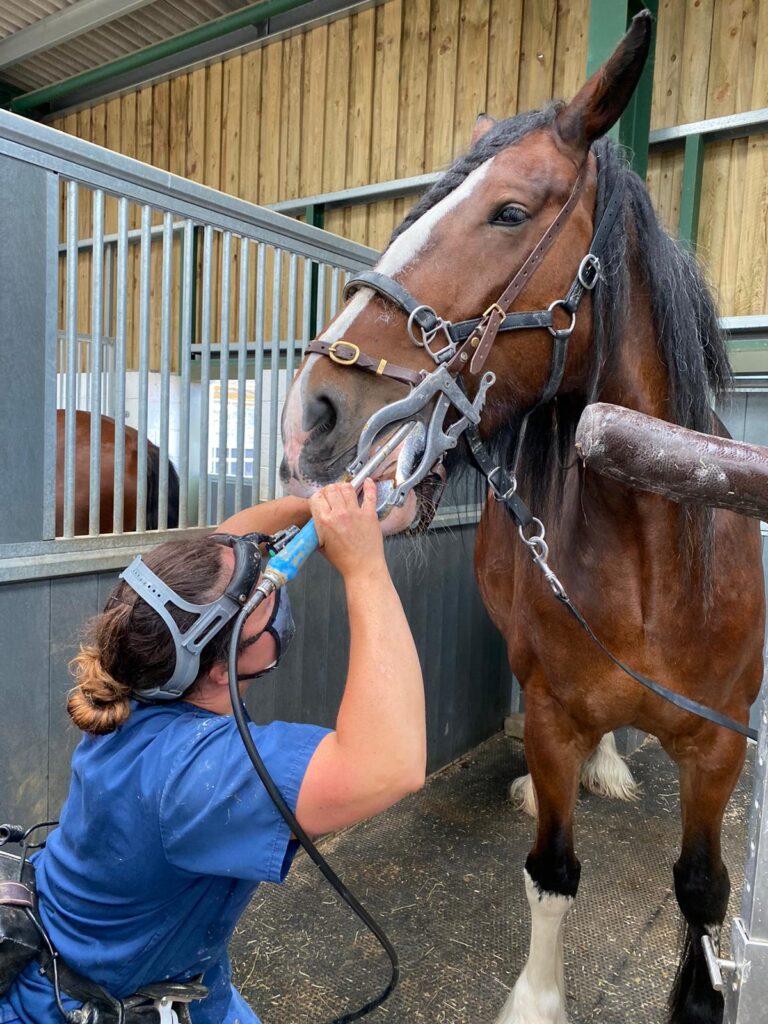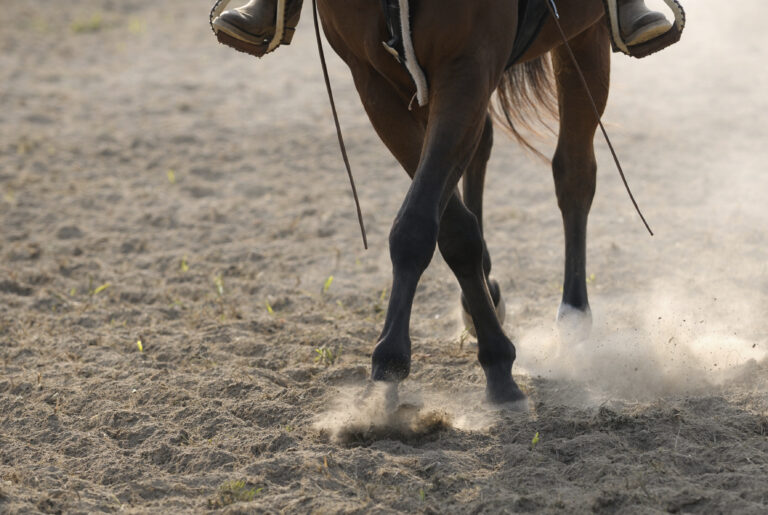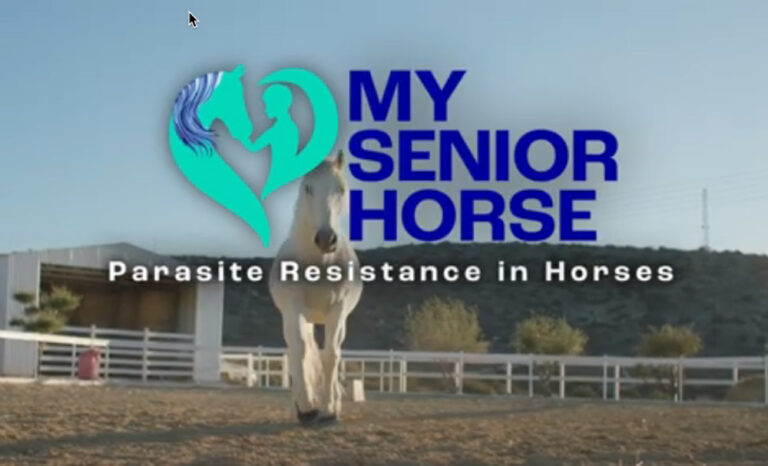Sue Dyson, MA, Vet MB, PhD, graduated as a veterinarian in 1980. After two years of working in the United States, she returned to England and ran a clinical referral service for 37 years investigating lameness and poor performance based at the Animal Health Trust, Newmarket, attracting clients from all over the United Kingdom, Ireland, and continental Europe.
Dyson is actively involved in clinical research. She has published more than 450 scientific papers related to lameness, ridden horse behaviour and diagnostic imaging. Dyson also is a co-author of the books Diagnosis and Management of Lameness in the Horse and Clinical Radiology of the Horse.
In addition, Dyson is a rider, and she has produced horses to top national level in both eventing and show jumping. Those horses have subsequently competed at European and World Championships and Olympic Games. Dyson is a British Horse Society Instructor (Teaching and Stable Management).
Dyson is now an independent consultant who is passionate about the interrelationships between horses and riders. Her goal is to promote a better understanding of the interactions between training, riders, tack, and horses and how horses adapt to musculoskeletal discomfort.
She walks miles daily with her two bouncy Springer Spaniels, skis in the winter, and still loves to ride.
Articles by Dr. Dyson
- Ridden Horse Performance Checklist: Behaviors in Ridden Horses that Might Signify Discomfort. MySeniorHorse.com
- Horse Behavior During Tacking and Mounting. MySeniorHorse.com
- How an Uncomfortable Horse Might Feel to a Rider. MySeniorHorse.com
- Additional Behavior and Musculoskeletal Pain Signs in Ridden Horses. MySeniorHorse.com
Dyson’s Recent Publications
- Computed tomographic evaluation of the sagittal ridge of the third metacarpal bone in young Thoroughbred racehorses: a longitudinal study. Boros, K.; Dyson, S.; Kovács, Á.; Lang, Z.; Nagy, A. Animals 2024; 14, 812. doi: 10.3390/ani14050812
- Magnetic resonance imaging, computed tomographic and radiographic findings in the metacarpophalangeal joints of 40 non-lame Thoroughbred yearlings. Nagy, A.; Boros, K.; Dyson, S. Animals 2023; 13, 3466. doi:10.3390/ani13223466
- Application of the Ridden Horse Pain Ethogram to 150 horses with musculoskeletal pain before and after diagnostic anaesthesia. Dyson, S.; Pollard, D. Animals 2023, 13: 1940. doi:10.3390/ani13121940
- Application of a Ridden Horse Pain Ethogram in Icelandic Horses: A Pilot Study. Dragelund Garcia, H.; Lindegaard, C.; Dyson, S. Equine Vet. Educ. 2023, doi:10.1111/eve.13803
- Magnetic resonance imaging of the proximal palmar cortex of the third metacarpal bone and the suspensory ligament in endurance horses: investigation of the effect of training. Likon, I.; Dyson, S.; Nagy, A. Animals. 2023; 13, 1106. https://doi.org/10.3390/ani13061106
- Complications following diagnostic and therapeutic sacroiliac joint region injections in horses: a study describing clinicians’ experiences. Nagy, A.; Dyson, S. Equine Vet. J. 2023, doi.10.1111/evj.13929
- Commentary on Ladewig et al.: The uses, values, and limitations of the Ridden Horse Pain Ethogram Berger, J.; Bondi, A.; Dyson, S.; Ellis, A.; Lindegaard, A.; Martin, C.; Pollard, D.; Routh, J.; Thomson, K. J. Vet. Behav. 2022; 57, 31-34. https://doi.org/10.1016/j.jveb.2022.09.002
- Application of a Ridden Horse Pain Ethogram to horses competing at 5-star three-day-events: comparison with performance. Dyson, S.; Ellis, A. Equine Vet. Educ. 2022; 34, 306-315. doi: 10.1111/eve.13415
- Gait abnormalities and ridden horse behaviour in a convenience sample of the United Kingdom ridden sports horse and leisure horse population. Dyson, S.; Bondi, A.; Routh, J.; Pollard, D. Equine Vet. Educ. 2022; 34, 84-95. doi: 10.1111/eve.13395
- The influence of rider skill on ridden horse behaviour, assessed using the Ridden Horse Pain Ethogram, and gait quality. Dyson, S.; Martin, C.; Bondi, A.; Ellis, A. Equine Vet. Educ. 2022 34(7), e308-e317. 34(7), 371 doi: 10.1111/eve.13434
- An investigation of behaviour during tacking-up and mounting in ridden sports and leisure horses. Dyson, S.; Bondi, A.; Routh, J.; Pollard, D.; Preston, T.; McConnell, C.; Kydd, J. Equine Vet. Educ. 2022 34, e245-257. doi: 10.1111/eve.13432
- An investigation into the relationship between equine behaviour when tacked-up and mounted and epaxial muscle hypertonicity or pain, girth region hypersensitivity, saddle fit, rider position and balance and lameness. Dyson, S.; Bondi, A.; Routh, J.; Pollard, D. Equine Vet. Educ. 2022 34e, 258-267. doi:10.1111/eve.13440
- Gross post-mortem and histological features in 27 horses with confirmed lumbosacroiliac joint region pain and five control horses: a cadaveric study. Quiney. L.; Stewart, J.; Routh, J.; Dyson, S. Equine Vet. J. 2022; 54, 726-739. doi: 10.1111/evj.13488
- Do owners recognise abnormal equine behaviour when tacking-up and mounting? A comparison between responses to a questionnaire and real-time observations. Dyson, S.; Bondi, A.; Routh, J.; Pollard, D.; Preston, T.; McConnell, C.; Kydd, J. Equine Vet. Educ. 2022, 34: e375-e384. doi:10.1111/eve.13471
- The recognition of pain and learned behaviour in horses which buck. Dyson, S.; Thomson, K. Equine Vet. Educ. 2022; 34, 272-280 doi: 10.1111/eve.13466
- The Ridden Horse Pain Ethogram. Dyson, S. Equine Vet. Educ 2022; 34(7), 372-380. doi: 10.1111/eve.13468
- Relative heights of the withers and the tubera sacrale and angulation of the lumbar and pelvic regions in horses with hindlimb proximal suspensory desmopathy, sacroiliac joint region pain and other injuries. Gruyaert, M.; Pollard, D.; Dyson, S. Equine Vet. Educ. 2022; doi.10.1111/eve.13724
- Application of the Ridden Horse Pain Ethogram to elite dressage horses competing in World Cup Grand Prix Competitions. Dyson, S.; Pollard, D. Animals 2021; 11, 1187. doi.org/0.3390/ani11051187
- Application of the Ridden Horse Pain Ethogram to horses competing at the Hickstead-Rotterdam Grand Prix Challenge and the British Dressage Grand Prix National Championship 2020 and comparison with World Cup Grand Prix competitions. Dyson, S.; Pollard, D. Animals 2021;11, 1820. doi.org/10.3390/ani11061820
- How to assess the suitability of rider size—height, morphology and weight—for optimal horse welfare and performance: a review. Dyson, S. Proc. Amer. Assoc. Equine Pract. 2021; 67, 223-230
- A review of how to recognise signs of abnormal equine behaviour during tacking-up and mounting and to understand their potential clinical significance. Dyson, S.; Bondi, A.; Routh, J.; Kydd, J.; Pollard, D. Proc. Amer. Assoc. Equine Pract. 2021; 67, 231-239
- An investigation of the shape of the hoof capsule in hindlimbs, its relationship with the orientation of the distal phalanx and comparison with forelimb hoof capsule conformation. Kalka, K.; Pollard, D.; Dyson, S. Equine Vet. Educ. 2021; 33: 422-429. doi:1111/eve.13341
- Crooked tail carriage in horses: increased prevalence in lame horses and those with thoracolumbar epaxial muscle tension or sacroiliac joint region pain. Hibbs, K.; Jarvis, G.; Dyson, S. Equine Vet. Educ. 2021; 33: 368-375. doi:10.1111/eve.13316
- An investigation into the occurrence of, and risk factors for, concurrent suspensory ligament injuries in horses with hindlimb proximal suspensory desmopathy. Gruyaert, M.; Pollard, D.; Dyson, S. Equine Vet. Educ. 2020; 32(S10),173-182. doi: 10.1111/eve.13187
- Clinical and ultrasonographic features associated with lumbosacral or lumbar 5-6 symphysis disease: 64 horses (2012-2018). Boado, A.; Nagy, A.; Dyson, S. Equine Vet. Educ. 2020; 32(S10), 136-143. doi: 10.1111/eve.13236
- Extensive ossification of the ungular cartilages and other osseous abnormalities of the proximal and distal phalanges. Tivey, M.; Van Dijk, J.; Dyson, S. Equine Vet. Educ. 2020; 32(S10), 25-30. doi: 10.1111/eve.13176 2020
- Recumbency following diagnostic analgesia of the sacroiliac joint regions: 15 horses. Nagy, A.; Dyson, S. Equine Vet. Educ. 2020; 32(S10),144-150. doi: 10.1111/eve.13176
- Evaluating the suitability of an English saddle for a horse and rider combination. Bondi, A.; Norton, S.; Pearmann, L.; Dyson, S. Equine Vet. Educ. 2020; 32(S10),162-172. doi:10.1111/eve.13158
- Can veterinarians reliably apply a whole horse ridden ethogram to differentiate non-lame and lame horses based on live horse assessment of behaviour? Dyson, S.; Thomson, K.; Quiney, L.; Bondi, A.; Ellis, A. Equine Vet. Educ. 2020; 32(S10),112-120. doi:10.1111/eve.13104
- Head tossing behaviour in six horses: idiopathic headshaking or musculoskeletal pain? Thomson, K.; Chan, C.; Dyson, S. Equine Vet. Educ. 2020 32(S11), 58-64. doi:10.1111/eve/13084
- The effects of rider size and saddle fit for horse and rider on forces and pressure distribution under saddles: a pilot study. Roost, L.; Ellis, A.; Morris, C.; Bondi, A.; Gandy, E.; Harris, P.; Dyson, S. Equine Vet. Educ. 2020; 32(S10),151-161. doi: 10.1111/eve.13102
- Intervertebral disc disease of the cervical and cranial thoracic vertebrae in equidae: Eight cases. Dyson, S.; Busoni, V.; Salciccia, A. Equine Vet. Educ. 2020, 32(8):437-443. doi:10.1111/eve/13125
- Sidewinder gait in horses. Aleman, M.; Berryhill, E.; Woolard, K.; Easton-Jones, C.A.; Kozikowski-Nicholas, T.; Dyson, S.; Kilcoyne I. J. Vet. Intern. Med. 2020; doi: 10.1111/jvim.15870
- Application of a Ridden Horse Pain Ethogram and its relationship with gait in a convenience sample of 60 riding horses. Dyson, S.; Pollard, D. Animals 2020; 10, 1044; doi:10.3390/ani10061044
- Relationship between pelvic tilt control, horse-rider synchronisation, and rider position in sitting trot. Walker, V.; Pettit, I.; Tranquille, C.; Spear, J.; Dyson, S., Murray, R. Comp. Exerc. Phys. 2020; 16, 423-432. doi: 10.3920/CEP190071
- Application of a ridden horse ethogram to video recordings of 21 horses before and after diagnostic analgesia: reduction in behaviour scores. Dyson, S.; Van Dijk, J. Equine Vet. Educ. 2020; 32(S10), 104-111. doi: 10.1111/eve.13029
- An investigation of the association between hindlimb conformation and suspensory desmopathy in sports horses. Routh, J.; Strang, C.; Gilligan, S.; Dyson, S. Equine Vet. Educ. 2020; 32(S10),183-192. doi: 10.1111/eve.13089
- The influence of rider:horse bodyweight ratio and rider-horse-saddle-fit on equine gait and behaviour: a pilot study. Dyson, S.; Ellis, A.; Guire, R.; Douglas, J.; Bondi, A.; Harris, P. Equine Vet. Educ. 2020 32(10) 527-534. doi:10.1111/eve.13085
- What can we learn from visual and objective assessment of non-lame and lame horses in straight lines, on the lunge and ridden? Greve, L.; Dyson, S. Equine Vet. Educ. 2020; 32(9), 479-491. doi: 10.1111/eve.13016
- Unexplained forelimb lameness possibly associated with radiculopathy. Dyson, S. Equine Vet. Educ. 2020; 32(S10),92-103. doi:10.1111/eve.12980
- Radiographic assessment of the ratio of the hoof wall distal phalanx distance to palmar length of the distal phalanx in 415 front feet of 279 horses. Mullard, J.; Ireland, J.; Dyson, S. Equine Vet. Educ. 2020; 32 (S10), 2-10. doi: 10.1111/eve.13004
-
Editors of My Senior Horse are journalism professionals, most of whom are lifelong horse owners.View all posts


